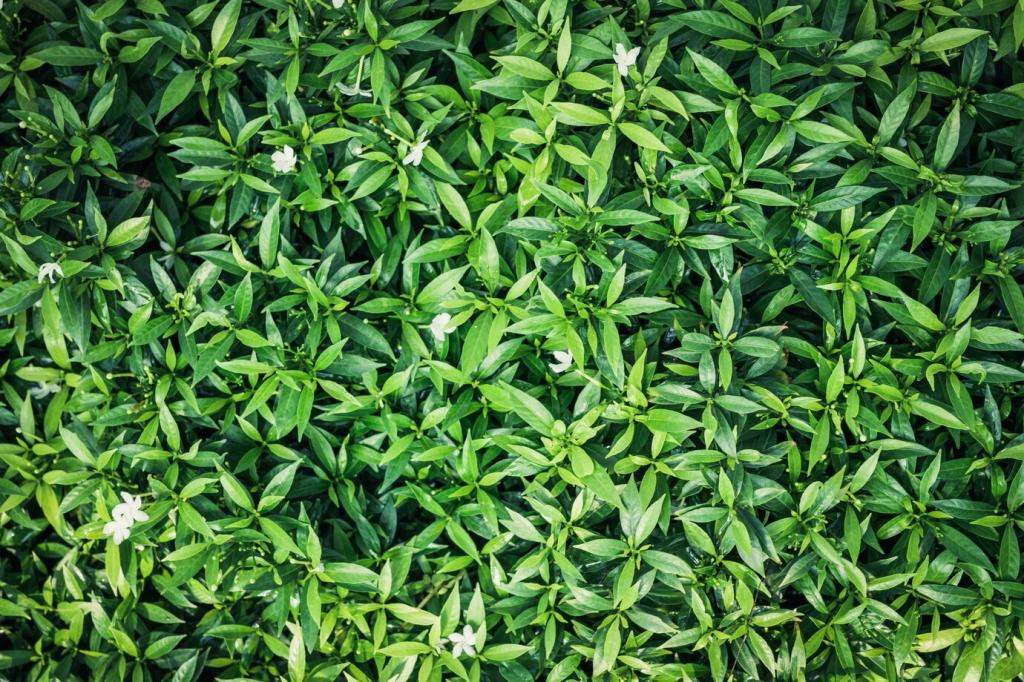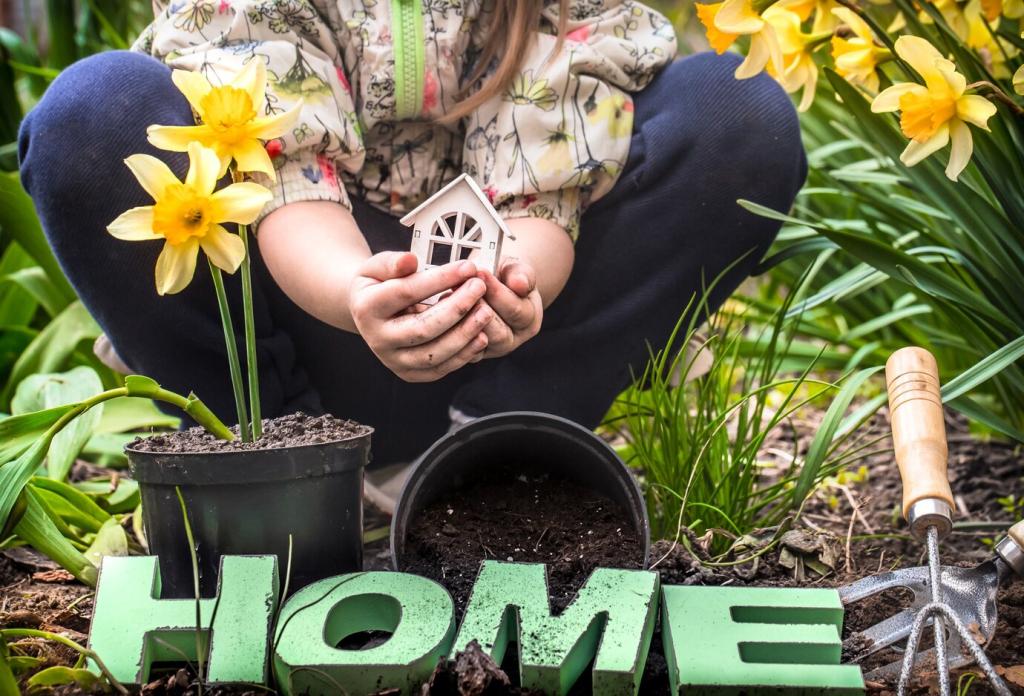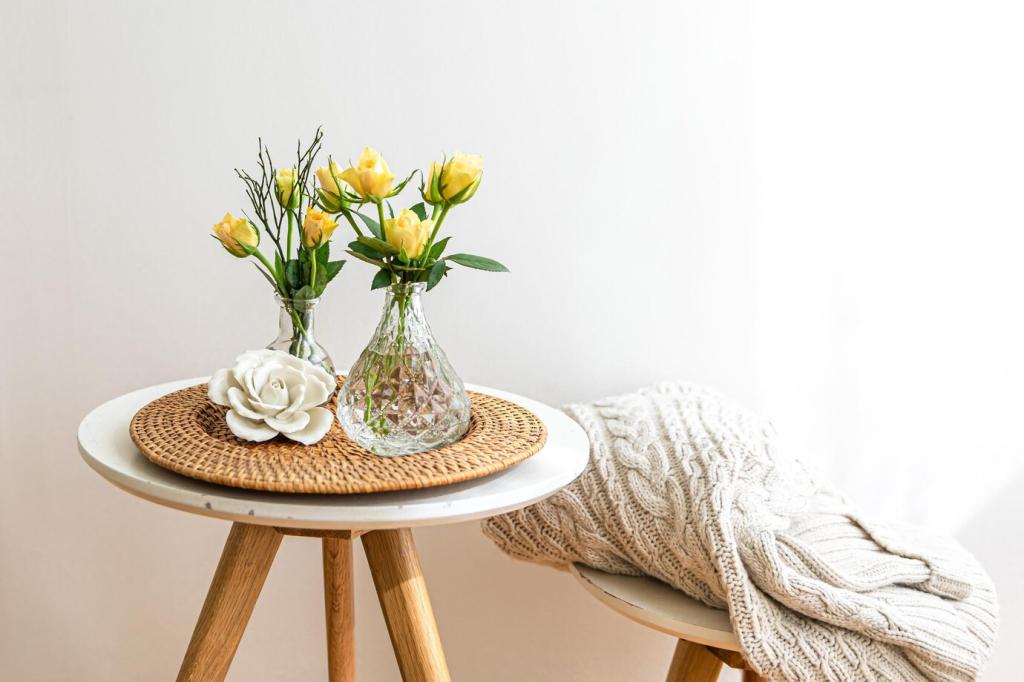Principles of Less-Is-More Design
Begin with a concise purpose: how should the space feel, who will use it, and what must it do. A clear brief prevents cluttered decisions later and keeps every choice aligned with minimalist landscaping essentials.
Principles of Less-Is-More Design
Practice deliberate subtraction. Lay out your ideas, then remove one element each round and notice what actually improves. Minimalist landscaping prizes clarity; invite a friend to walk the plan and challenge unnecessary gestures before anything is built.









